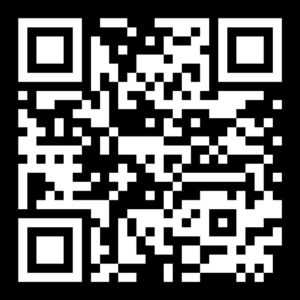Tsunamis
A tsunami is a series of powerful sea waves caused by large undersea disturbances such as earthquakes, volcanic eruptions, landslides, or even meteor impacts. These waves can travel across entire ocean basins at speeds exceeding 500 mph and rise to devastating heights when reaching the shoreline.
Tsunamis can cause massive flooding, infrastructure destruction, and loss of life within minutes of impact. The U.S. Pacific coastline, Alaska, Hawaii, and certain Caribbean regions are most at risk.
How Tsunamis Form
- An earthquake causes a sudden displacement of the ocean floor
- Energy radiates outward in wave forms
- In deep water, waves are small and fast-moving
- As waves reach the shore, they slow down and rise dramatically in height
Tsunami Alert Types
- Advisory (Strong currents expected)
Action: Stay out of the water - Watch (Possible Tsunami)
Action: Prepare to evacuate - Warning (Tsunami imminent or occurring)
Action: Evacuate immediately
Preparedness Tips
Before a tsunami
- Know if you live, work, or travel in a tsunami hazard zone (visit tsunami.gov)
- Learn your evacuation routes and identify high ground at least 100 feet above sea level or 2 miles inland
- Build a go-bag with essentials (water, snacks, flashlight, radio, shoes, medication, ID)
- Sign up for emergency alerts from local and national agencies
Recognize natural warnings
- Strong coastal earthquake (lasting 20+ seconds)
- Sudden withdrawal of the sea (water recedes drastically)
- Loud roar or unusual ocean noise
If you observe these signs, do not wait for official alerts—evacuate immediately.
During a Tsunami Warning
- Move quickly to higher ground or as far inland as possible
- Follow marked evacuation signs if available
- Do not return to low areas until authorities declare them safe
- Avoid bridges, as they may collapse or be overwhelmed by waves
After a Tsunami
- Stay away from coastlines—multiple waves may arrive for hours
- Avoid standing water—it may be contaminated or electrically charged
- Report hazards and trapped individuals to emergency services
- Be prepared for aftershocks that can trigger additional waves
- Monitor emergency channels and reconnect with loved ones
Key Resources
- NOAA Tsunami Warning Center
tsunami.gov - U.S. Geological Survey (USGS) – Seismic activity and real-time alerts
earthquake.usgs.gov - Ready.gov – Tsunami Preparedness
ready.gov/tsunamis
Recommended Apps
- FEMA App – Evacuation and tsunami zone alerts
fema.gov/mobile-app
- MyShake – Earthquake early warning system (helps predict tsunami risk)
myshake.berkeley.edu
- Tsunami Zone App / Tsunami Evacuation Map – Hazard zones and escape routes
tsunamizone.org
